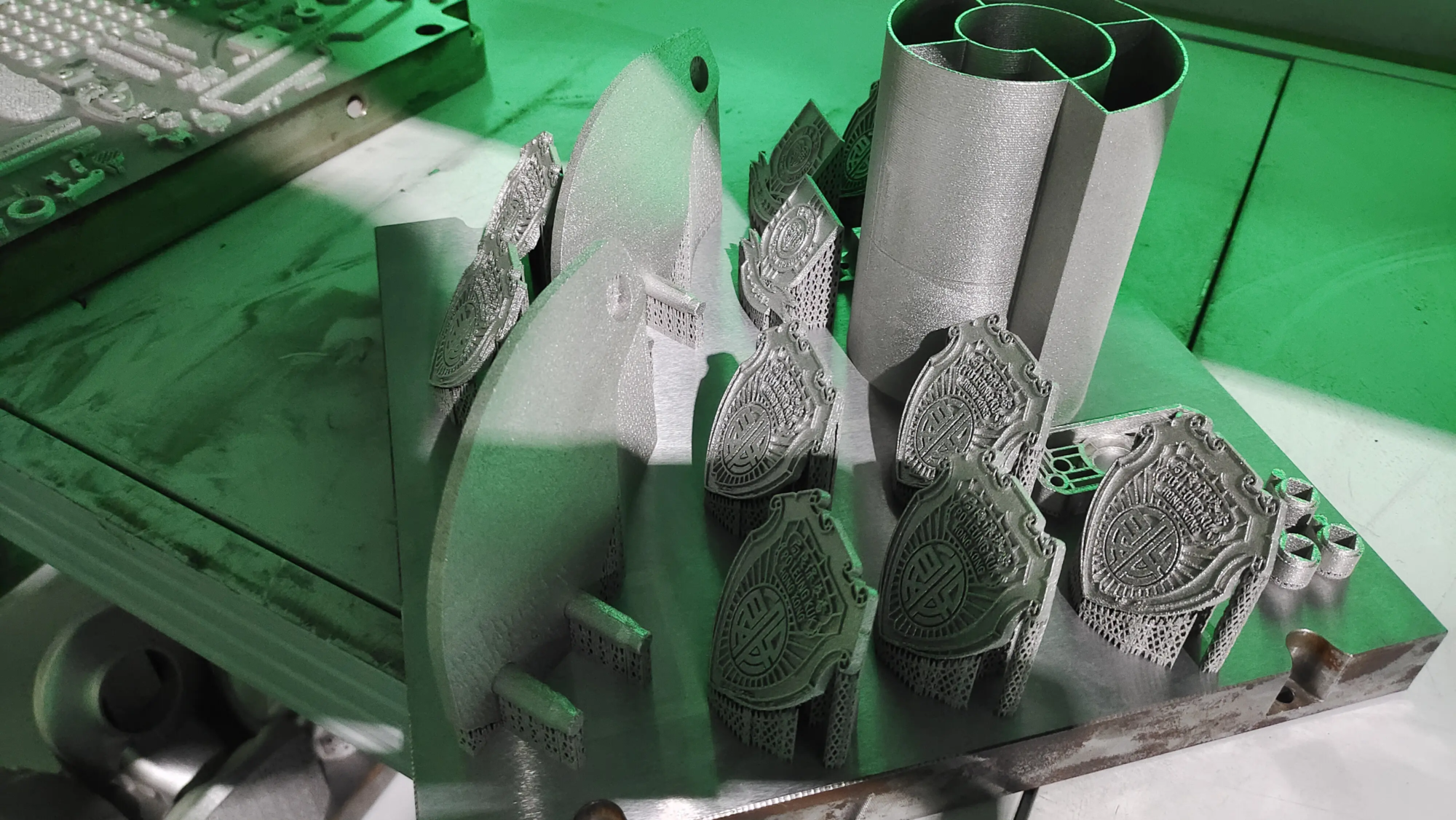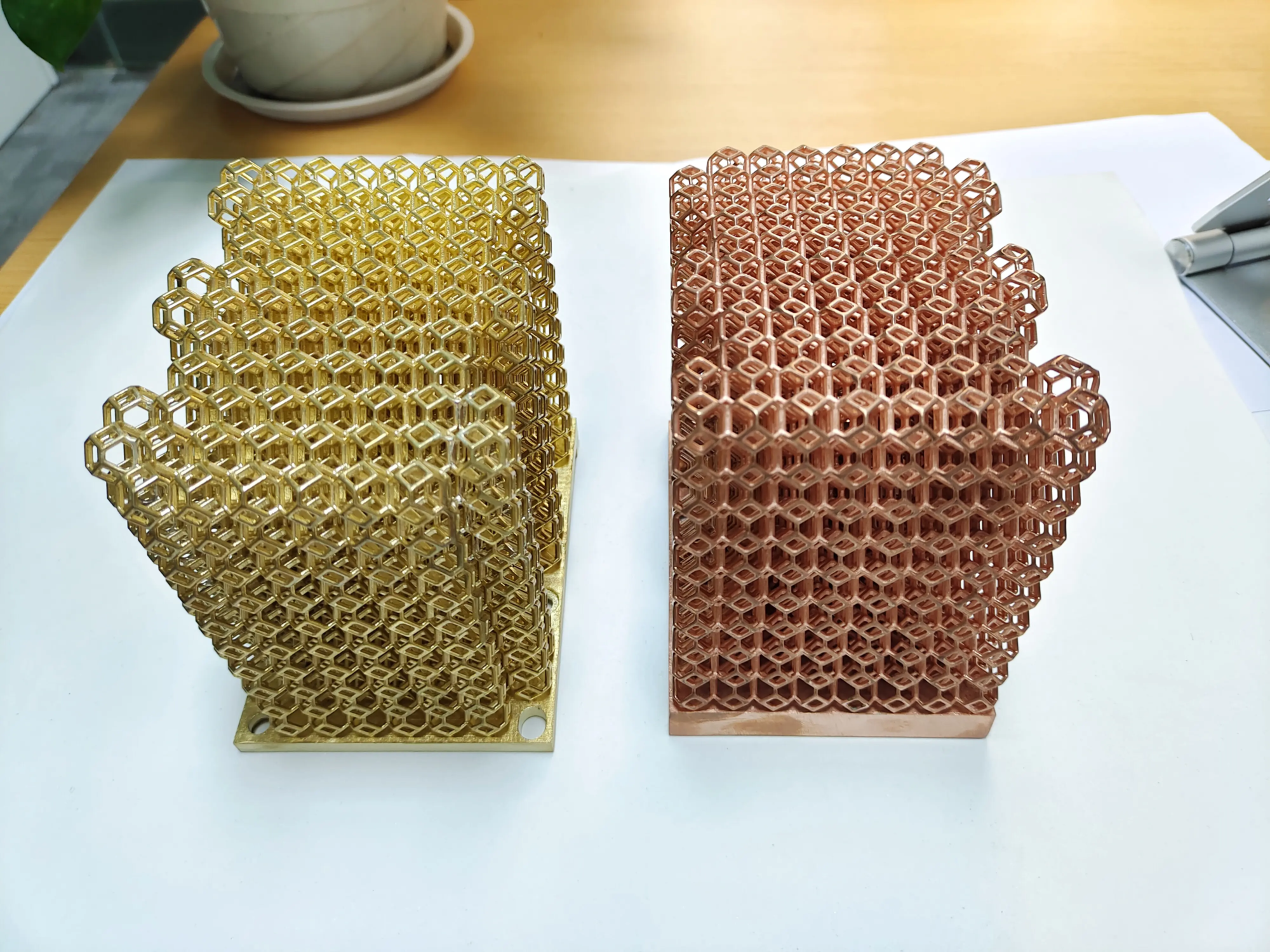|
Polyurethane elastomers are widely used in machinery, medical and other fields due to their excellent elasticity, strength and toughness as well as good biocompatibility and blood compatibility. However, there are still enormous challenges in the forming and manufacturing of complex structural parts.
Researcher Wang Xiaolong’s team at the Lanzhou Institute of Chemical Physics, Chinese Academy of SciencesDevelopment of a Photopolymerizable 3D Printed Polyurethane Elastomer By introducing a urea group with strong hydrogen bonding effect, it successfully unified its excellent performance and ability to form complex structures, providing a material technology basis for the efficient manufacturing of flexible and elastic materials. functional parts with complex structures.。The relevant results were published in the international academic journals “Materials Horizons” and “Journal of Chemical Engineering”.
Double cross-linking strategy printing
Light-curing 3D printing features high precision and fast casting speed, but there is an inherent contradiction between the insufficient formation of cross-linked networks caused by light-induced rapid gelation and the high performance of the material.
Scientific researchersA double cross-linking strategy induced by multiple hydrogen bonds is proposed to realize high-performance photocurable 3D printing of polyurethane, i.e., the design and preparation of photosensitive prepolymers containing urea groups.based on rapid photocuring to form a covalent cross-linked network, through the synergistic effect of the cross-linked network formed by multiple hydrogen bonds, it overcomes the contradiction between mechanical properties and processability and achieves high-precision casting of high performance polyurethane elastomers.
Double cross-linking strategy induced by multiple hydrogen bonds enables high-precision photocuring 3D printing of high-performance polyurethane
double gradient structure inspired by the sunflower
Polyurethane elastomer performs well in shock and noise reduction due to its unique micro-phase separation structure, and its porous structural design can achieve better cushioning properties. Inspired by the double-gradient structure of sunflower pith, the research team used high-precision photopolymerizable 3D printing polyurethane to construct a double-gradient bionic porous polyurethane foam with two variables of pore size and d wall thickness.
The double gradient sunflower imitation polyurethane foam provides strong cushioning and vibration reduction.
Porous polyurethane foams with dual gradient structures exhibit selective buckling resistance, anisotropic mechanical properties and dissipative behavior. Polyurethane foam also has the characteristics of high strength, energy absorption and tear resistance, and has application prospects in such fields as cushioning, shock absorption, reduction of noise and noise reduction.
Compatibility helps new solutions
Compared to metal supports,Polyurethane scaffolds exhibit better biocompatibility and can effectively reduce immune rejection and inflammatory responses when used for long periods in the body.It is an ideal choice for the construction of intravascular stents in clinical practice and also opens a new method for rapid preparation of medical devices with complex flexible structures.
Source: Lanzhou Institute of Chemical Physics, Chinese Academy of Sciences
|





